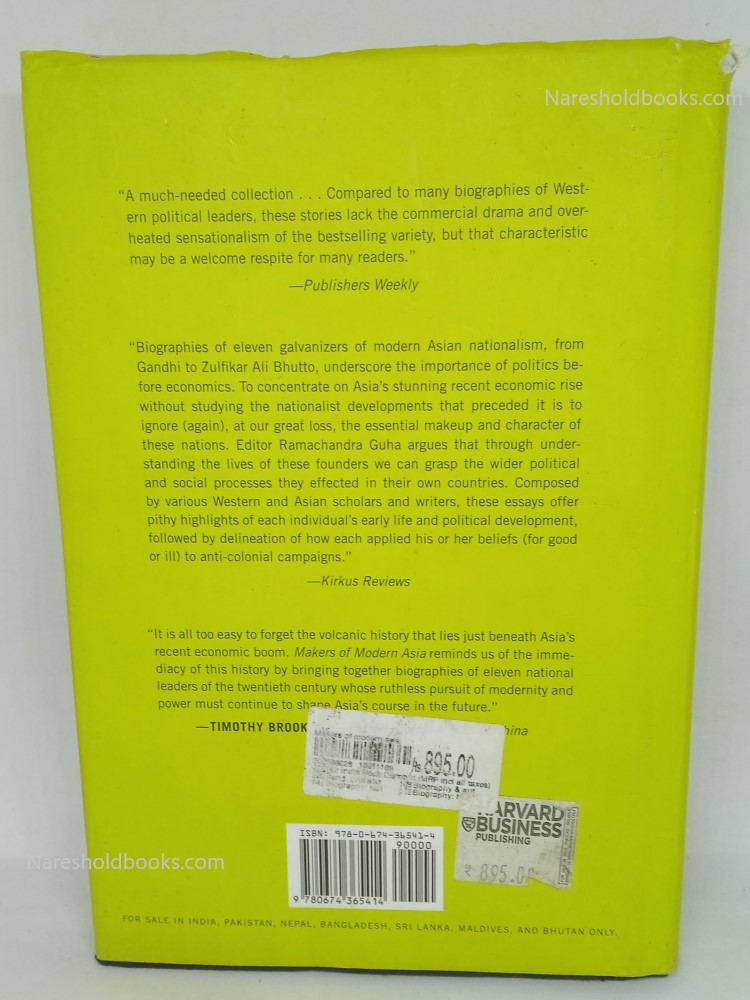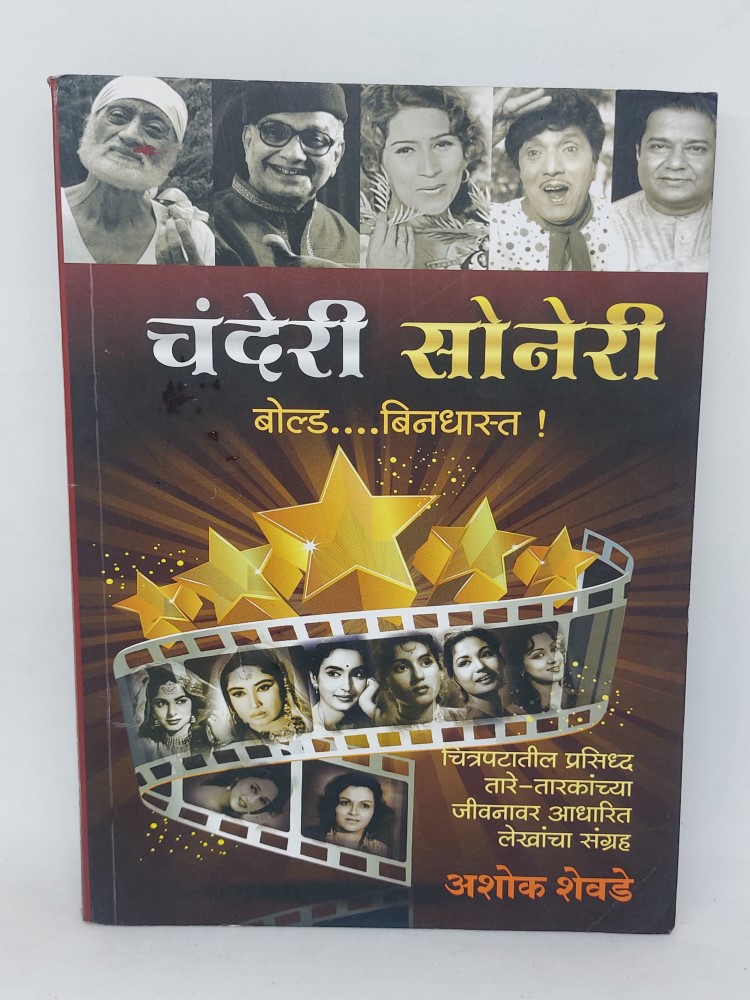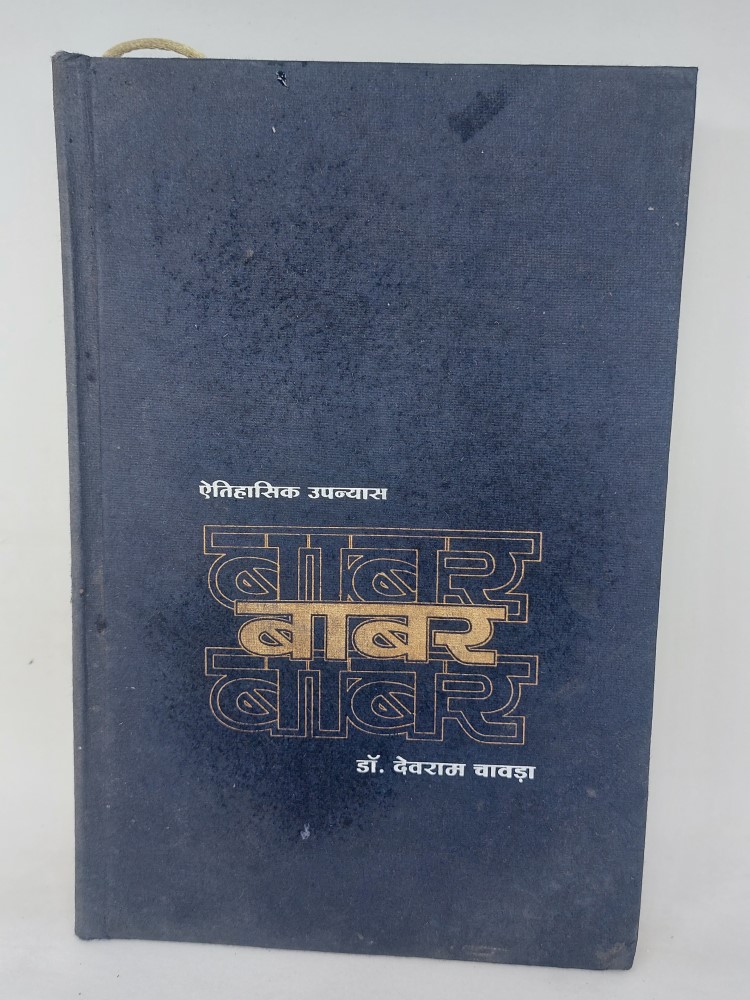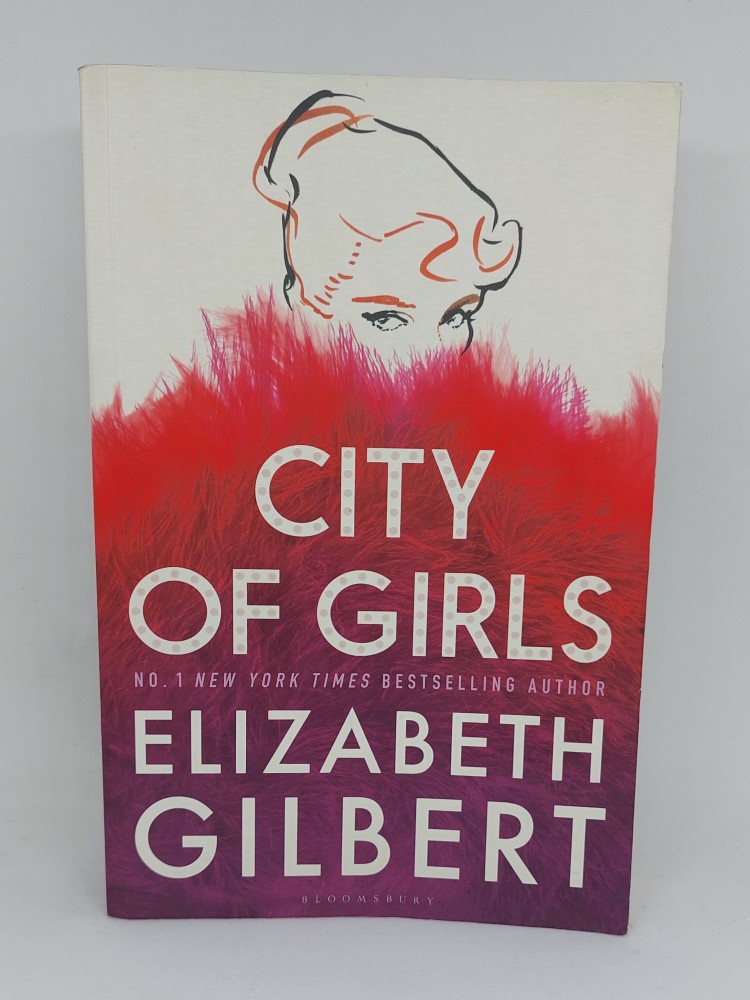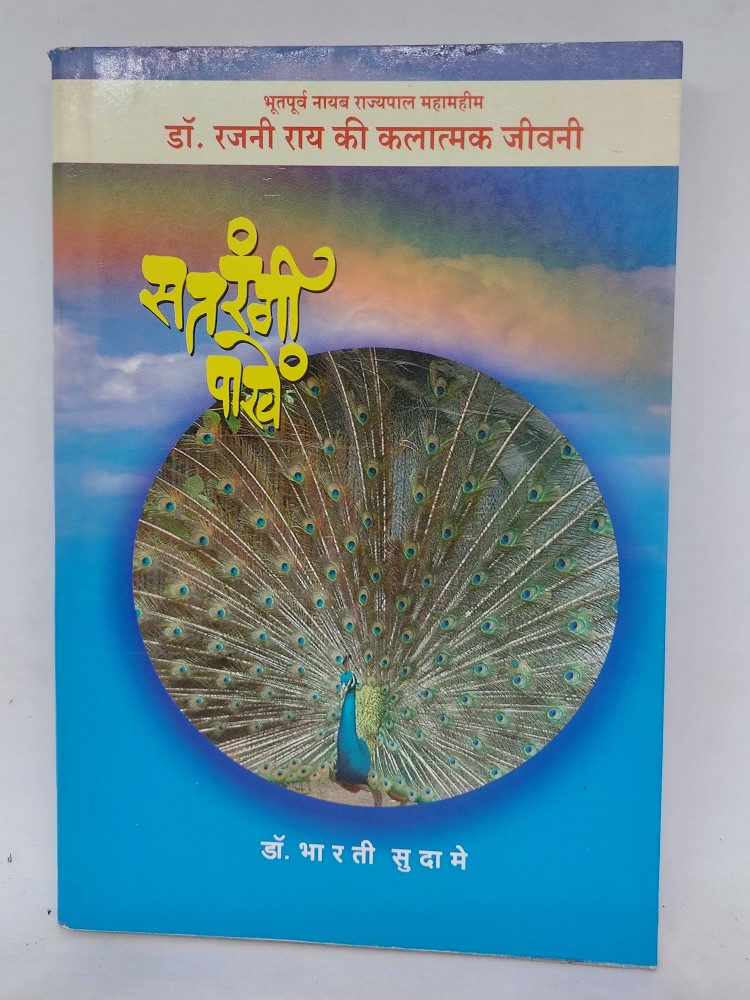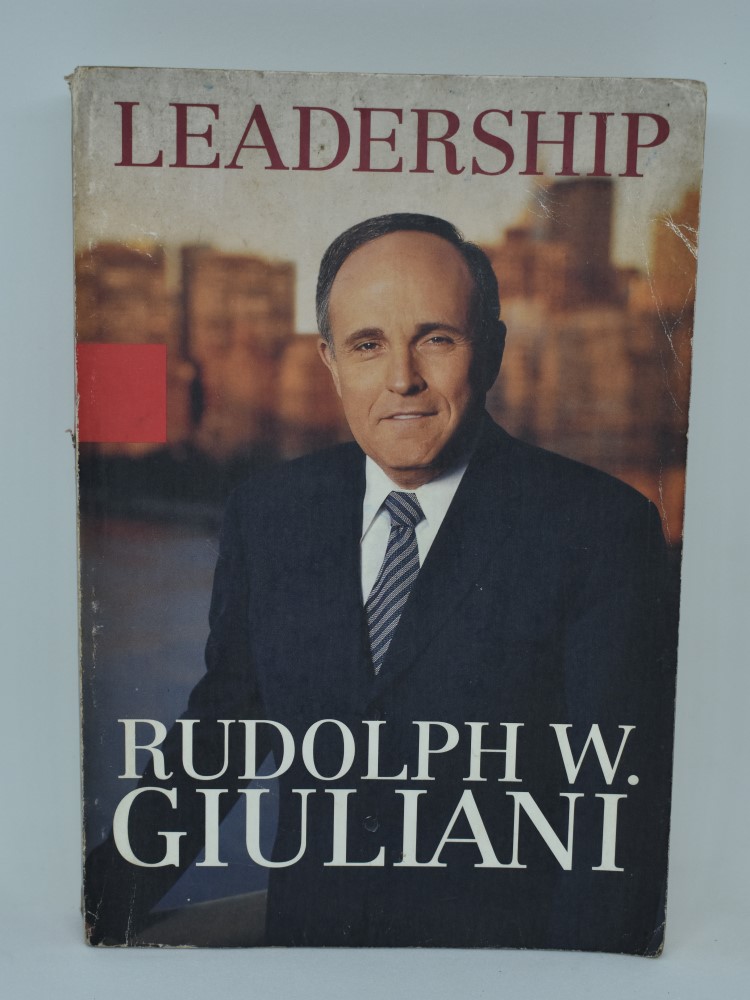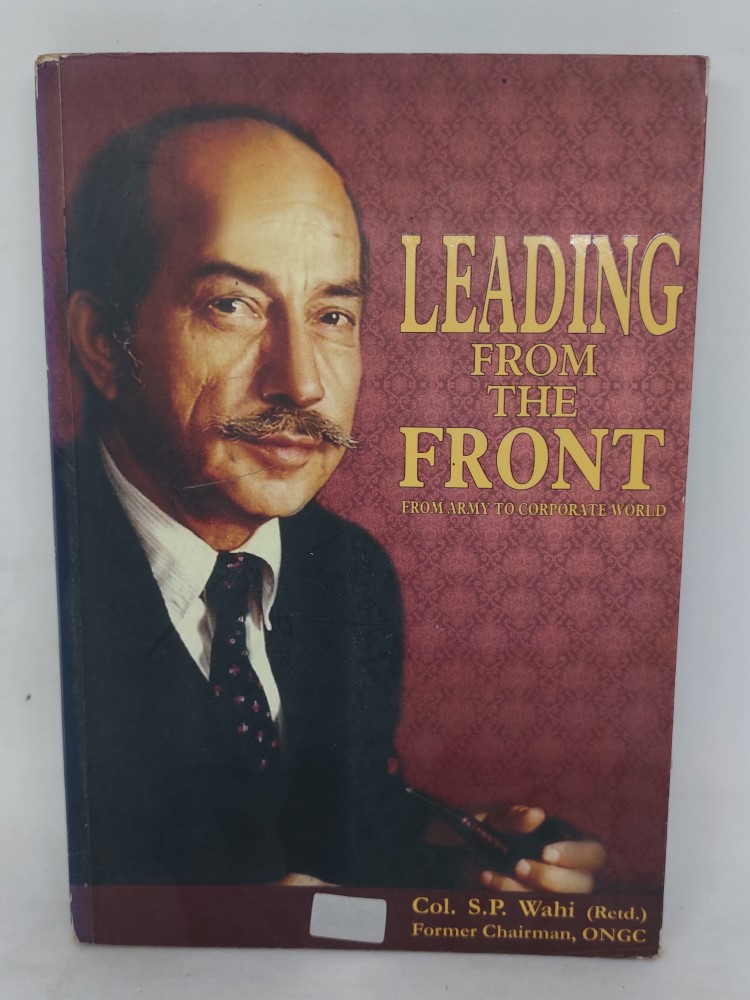Description
Makers of Modern Asia, edited by Ramachandra Guha, presents a different view about the making of the continent. The twenty-first century is now being called the Asian Century, keeping in mind the meteoric rise of China and India in matters of world affairs. However, the discussion about Asia’s rise is generally focused on its economic rise and little attention is paid to much else. Subjects like per-capita income, gross national product and share of global trade are oft repeated and other matters are generally ignored. Guha attempts to provide his readers with an alternative outlook to the growth of the continent, which according to him, has also been shaped by political leaders and not just multi-billionaire businessmen alone.
The men and women who took part in the nationalist movements are as much responsible for the rise of this continent as are the ones who have led its economic advancement. They were thinkers who took part in the anti-colonial movements and set the base for political movements. They were activists and theorists themselves who took designed and implemented well-thought-of military campaigns, which have all led to positive change. This book focuses on eleven such people who have been chosen from a wide gamut of spheres. There are liberals, communists, authoritarians, capitalists and proto-theocrats, who belong to a range of countries.
The book contains an introduction titled ‘The Politics behind the Economics of Asia’s Rise’ by Ramachandra Guha himself. Guha also writes an essay on Gandhi titled ‘Gandhi, India and the World’. Other essays are ‘Ho Chi Minh: Nationalist Icon’ by Sophie Quinn-Judge, ‘Mao Zedong and Charismatic Maoism’ by Rana Mitter, ‘Jawaharlal Nehru: A Romantic in Politics’ by Ramachandra Guha again, ‘Zhou Enlai and China’s “Prolonged Rise”‘ by Chen Jian and so on.
Makers of Modern Asia is available in hardcover. The book was published in 2014 by Harvard Business Press.


